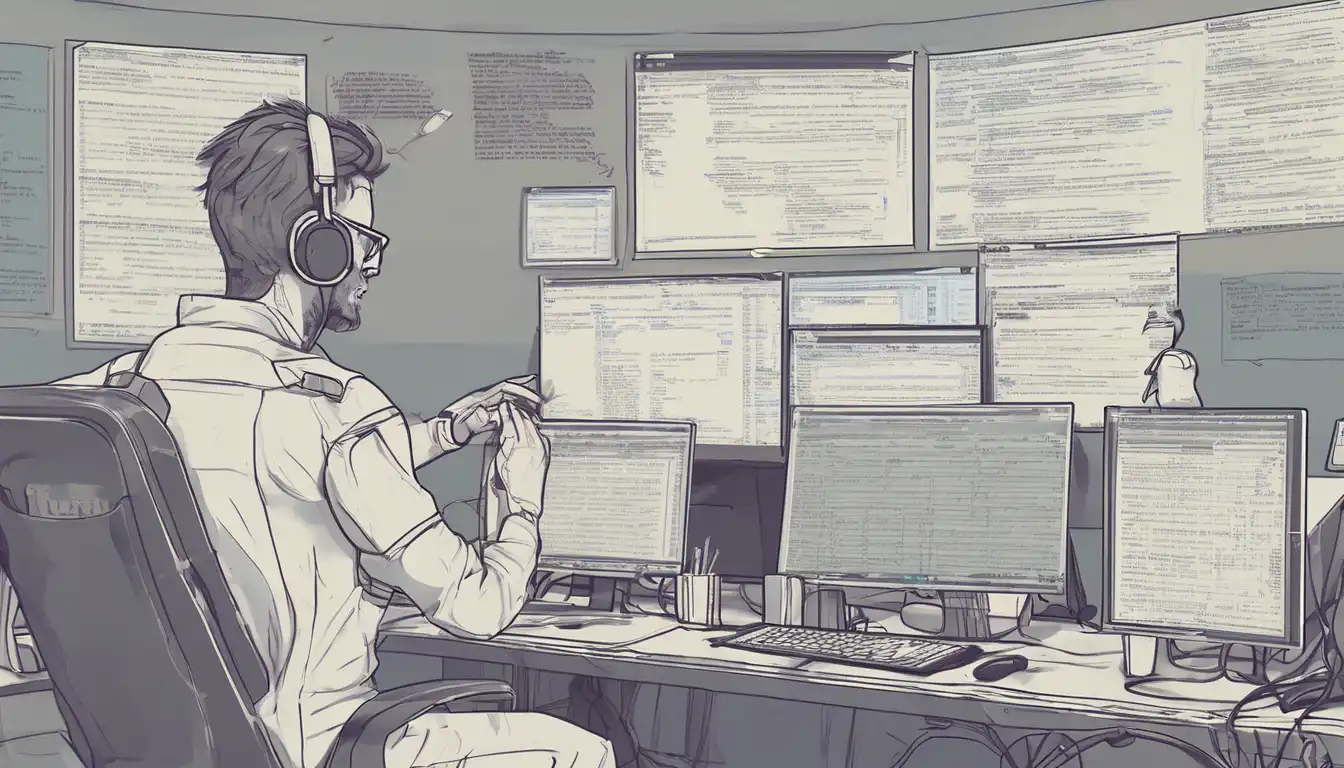Introduction to Professional Code Debugging
Debugging is an essential skill for any programmer, yet many struggle with it. This guide will walk you through the professional techniques to debug your code efficiently, saving you time and frustration.
Understanding the Debugging Process
Before diving into debugging, it's crucial to understand what it entails. Debugging is the process of identifying and removing errors from software or hardware. It involves a systematic approach to find the root cause of a problem and then fixing it.
Essential Debugging Tools
There are several tools available that can make debugging easier. Here are some of the most popular ones:
- Integrated Development Environments (IDEs) with built-in debuggers
- Standalone debugging tools like GDB or WinDbg
- Logging frameworks to track down issues
- Version control systems to compare changes
Step-by-Step Debugging Techniques
Follow these steps to debug your code like a pro:
- Reproduce the Problem: Ensure you can consistently reproduce the issue to understand its scope.
- Check the Logs: Logs can provide valuable insights into what went wrong.
- Isolate the Issue: Narrow down the part of the code causing the problem.
- Use Breakpoints: Pause the execution of your program to inspect variables and the flow.
- Fix and Test: After fixing, test thoroughly to ensure the issue is resolved.
Common Debugging Pitfalls to Avoid
Even experienced developers can fall into common debugging traps. Avoid these mistakes:
- Not understanding the error message
- Making assumptions without evidence
- Overlooking simple solutions
- Not taking breaks, leading to burnout
Advanced Debugging Strategies
For more complex issues, consider these advanced strategies:
- Binary search through your code to find the error
- Using unit tests to isolate and fix bugs
- Peer review for a fresh perspective
- Automated testing to catch regressions
Conclusion
Debugging is a skill that improves with practice and patience. By following the techniques outlined in this guide, you'll be able to tackle bugs more efficiently and become a more proficient developer. Remember, the goal is not just to fix the problem but to understand why it occurred in the first place.
For more insights into programming and software development, check out our other articles on coding best practices and software development tips.
